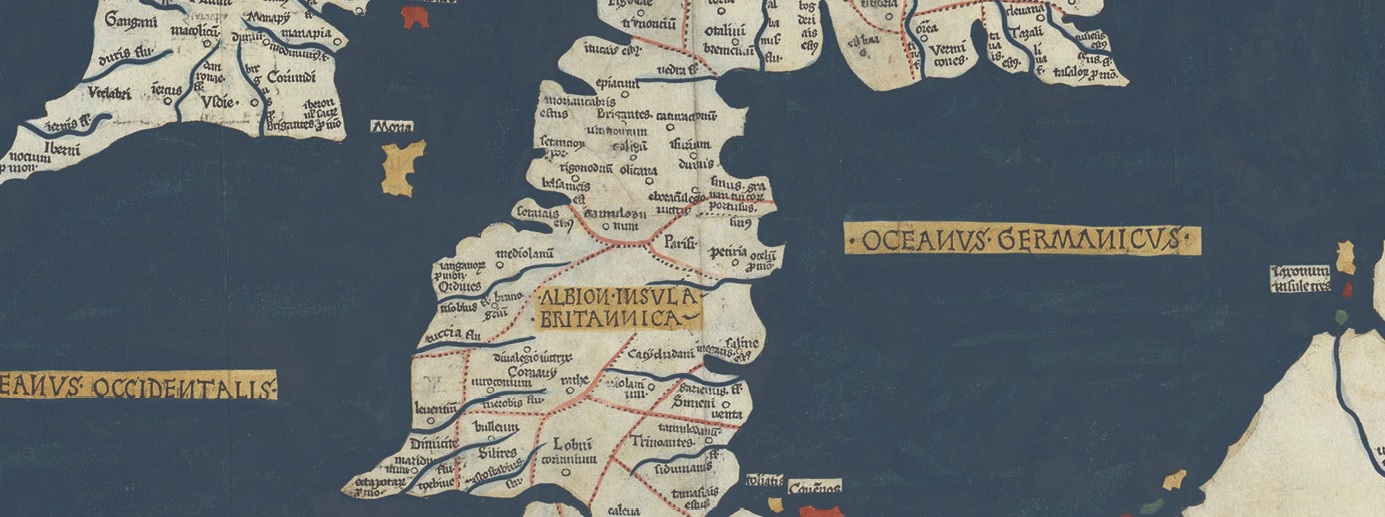
Patricia Skinner introduces her new collection, The Welsh and the Medieval World: Travel, Migration and Exile.
The modern era has seen extensive studies of Welsh migration to all parts of the globe as well as immigration to Wales from Europe and beyond,[1] but these migrant histories have a long prehistory that is rather less well-known. Wales as a region and as a series of polities was constantly connected with England and the known European world from the Roman era onwards. New archival work by historians and new profiling techniques by archaeologists on these links offer up some surprising findings and reflections on ‘Welshness’. They confirm that medieval Welsh men (and some women) travelled extensively in search of justice and employment, and engaged in regular diplomatic exchanges. Some travellers stayed away, others returned with stories of their adventures, which found their way into poetry and opened up the medieval world to those who stayed at home. Transnational institutions such as the Church enabled two-way mobility for clerics and pilgrims, and warfare provided an outlet for men to travel across the Channel and further afield to the Holy Land. Whilst the lively legend of the Welsh Prince Madog discovering America in the twelfth century may have owed more to the Elizabethans tussling with the Spanish for colonial rights in the New World than to factual accuracy,[2] its creation was both credible and almost inevitable, given how actively people from Wales had engaged with the world up to that point. Situating medieval Wales in the wider world, this collection points to the need for more studies on its porous borders and mobile population.
Patricia Skinner is Professor in History at Swansea University. Her research focuses on minority groups in medieval Europe, and she is director of the ‘Effaced from History?’ project consortium exploring historical responses to facial difference.


